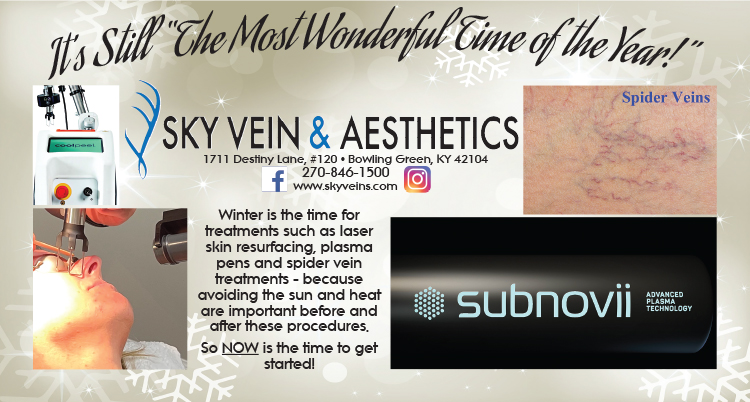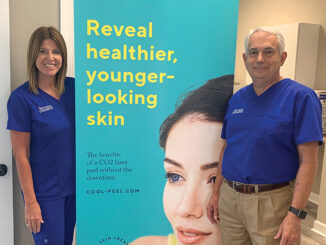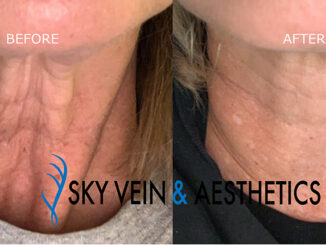
Scientists are always looking for ways to prevent damage to the skin and slow down the aging process. They also study ways to improve the appearance of skin by reducing lines and wrinkles and improving texture. Today there are many options to treat skin aging. Wearing sunscreen daily for prevention is less expensive and better than any treatment. But if the damage is already done, what can we do?
The CO2 laser was the first aesthetic laser. It is used to vaporize the outermost layers of skin (an “ablative treatment” much like medical skin peels). This resets the skin and results in improved skin appearance. The downside is days to weeks of downtime while the skin peels off in layers. Proper care must be taken to avoid scarring and pigmentation.
Recent technologies have introduced new lasers and light devices. The CO2 laser can now be used in a non-ablative manner with minimal downtime of only a few hours, and with treatments spaced weeks apart, they give amazing results with improvement in fine lines and wrinkles, acne scars and skin texture. Other advancements include lasers that target specific pigments and can be used to treat age spots, red vascular lesions, tattoos and hair removal. Intense Pulse Light (IPL) uses pulsed high-energy visible light to treat a variety of skin conditions. It works best on improving unwanted skin pigmentation for light skin tones. IPL is also known as a photo-facial and can improve the appearance and texture of the skin with minimal downtime.
Optimal results occur when the treating physician and the patient work together. For many treatments, sun avoidance before and after your treatment is crucial to not only having great results, but avoiding ugly complications, such as scarring and hyperpigmentation. Failing to tell your laser provider about recent sun exposure can lead to disastrous hyperpigmentation. A patient’s skin type is also important, because some lasers cannot be used on darker skin types. Medications such as Accutane and Tetracycline can make you more likely to have an undesirable result.
Plasma devices are a hot new trend in facial skin rejuvenation. Plasma is a positively-charged, ionized gas that can conduct electricity and enable electrostatic interactions. When used in aesthetics, about 1mm away from the skin, oxygen and nitrogen are mixed to emit an arch of plasma which discharges onto the skin. The plasma heats the epidermal tissue, thus stimulating fibroblast growth factors and the production of collagen, elastin and hyaluronic acid. Pen-like devices deliver a unique electrical current to the skin that vaporizes the surface epithelium (the outermost layer of the skin). The energy is often applied in a dot-like pattern. These dots turn into tiny scabs that will remain on the skin for several days. One of the most important aspects of this treatment is the aftercare at home. The scabs need to fall off naturally to prevent scarring. It is important to follow the protocol precisely. Like laser treatments, avoidance of the sun before and after treatments is important to avoid hyperpigmentation. Many cheap plasma pens are on the market and can even be purchased on Amazon. BUYER BEWARE! You will get what you pay for and the results can be poor. Plasma pens can have amazing results in removing fine lines and stubborn wrinkles that Botox can’t improve. Plasma pens can have excellent results in removing smokers’ lines.
There are many different types of lasers now available. You will want to find a physician practice with the laser that can treat what concerns you the most. Advances in technology continue to provide new and exciting ways to improve the appearance of our skin. Not every practice can offer every device and option. Look around for the options that will help you obtain your goals for a new you. Also, the training and qualifications of the medical provider are vital. Good luck in this New Year restoring your confidence with the look you want.
-submitted by Sky Vein & Aesthetics




